The Making of a Generative Art Algorithm: Phaust’s Interference

Each work in Interference is generated algorithmically through a series of transformations that elevate Chaldni patterns and risograph printing.
Interference blends two scientific discoveries to elevate the unique beauty of generative art — the shape of sound through Chladni patterns and Risograph printing. Through mathematical equations and computer code, Phaust creates a dramatic variation of composition.
This mathematical and conceptual simplicity speaks directly to the beauty of generative systems. By foregrounding a familiar physical phenomenon, the vibration of sound, Phaust elevates the unique beauty of generative art.
Each work in the collection is generated algorithmically through a series of transformations:
1. Choose a Chladni Pattern
Chladni patterns are a method of visualizing sound, first discovered by Ernst Chladni by running a violin bow against a metal plate filled with sand. The sand would gather along the nodal lines for the sound’s frequency.
Chladni patterns vary according to a range of factors and can be described with some pleasingly simple equations. Those equations lie at the heart of this collection and perhaps show generative art at its purest: a set of simple equations which give rise to near infinite variation.
The algorithm begins by selecting a Chladni pattern.
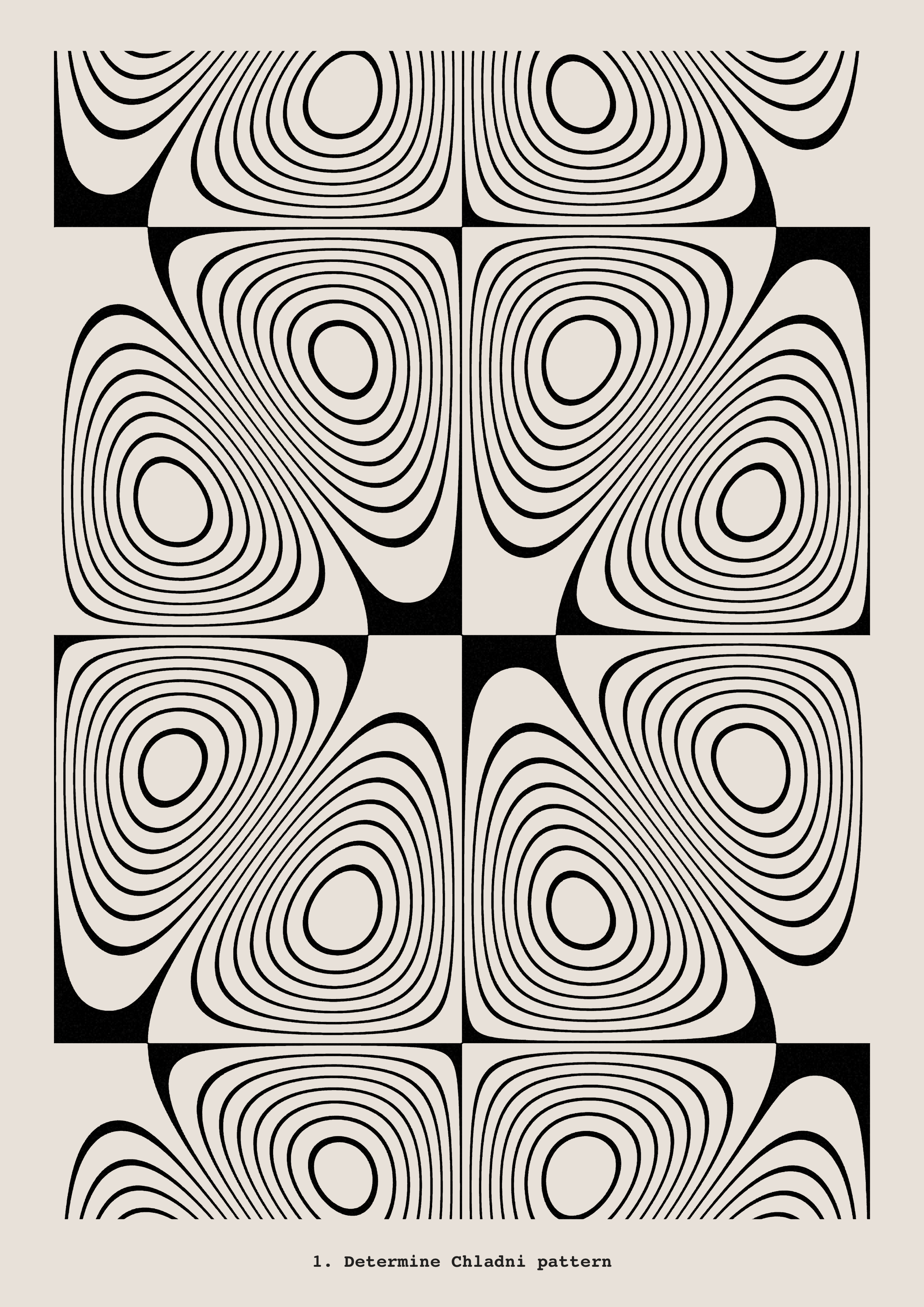
2. Adjust Offset & Rotation
Next, the algorithm adjusts the position of the pattern, adding rotation and offsetting the position on the canvas.
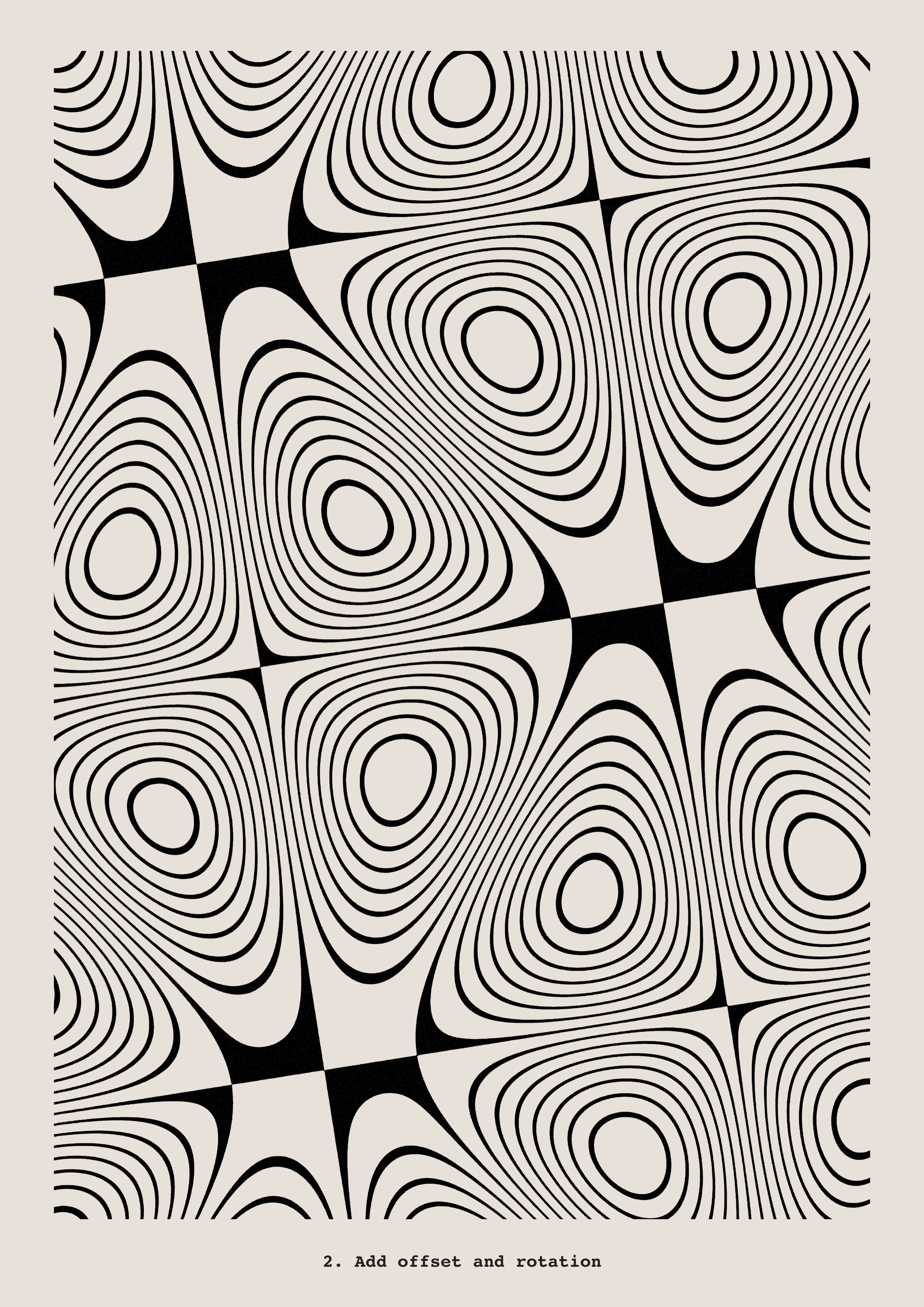
3. Magnification
The magnification level makes a huge difference to the composition.
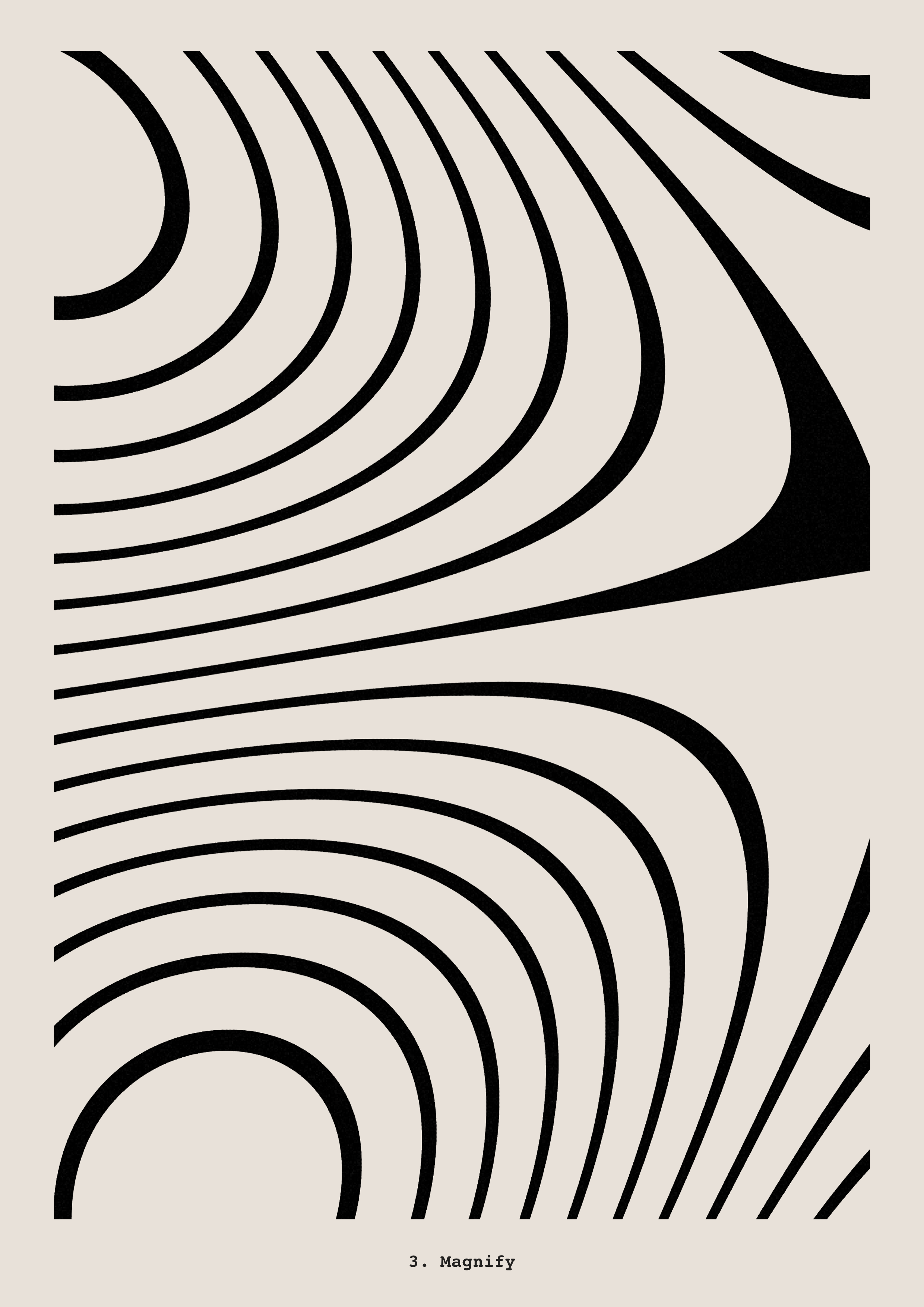
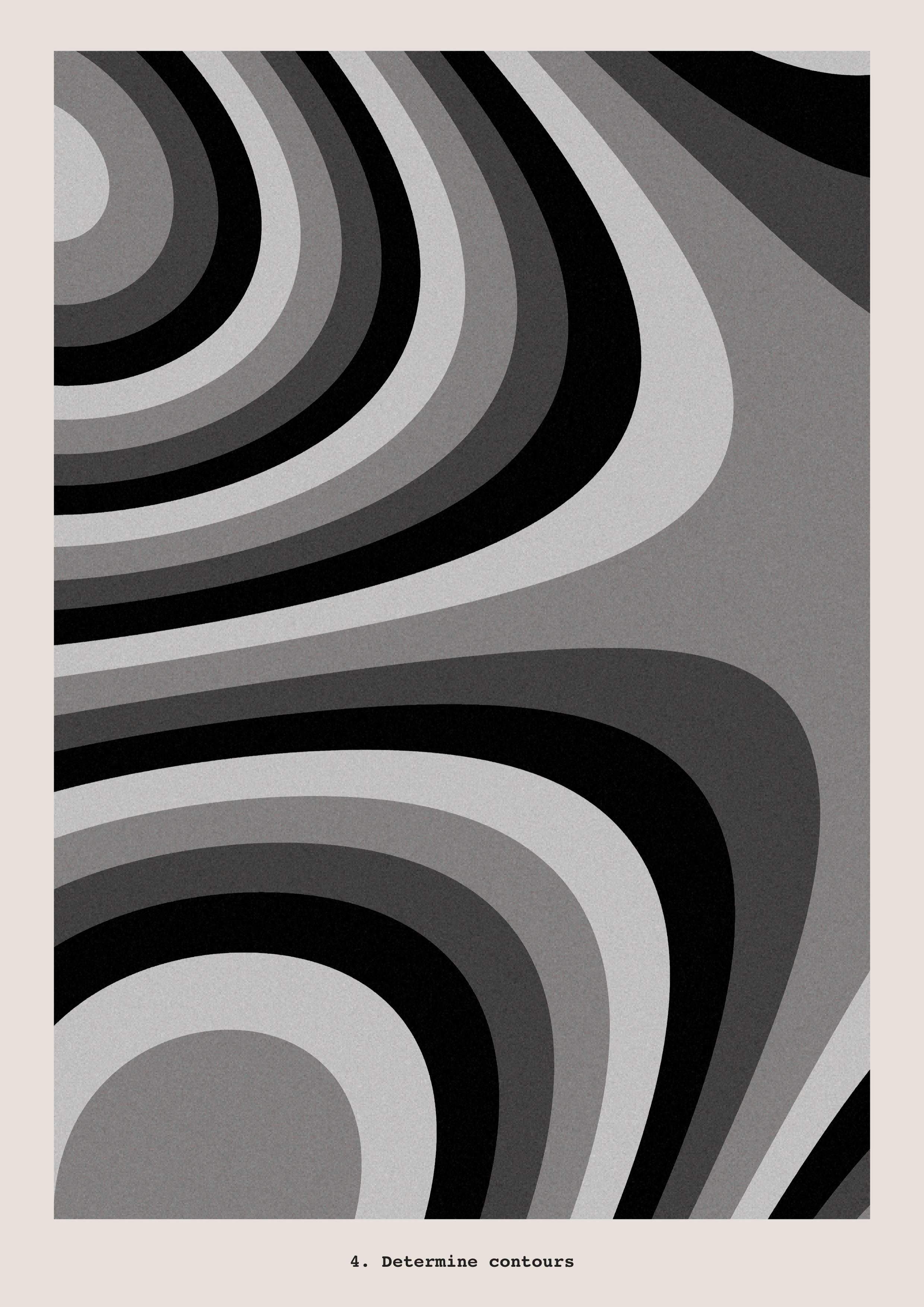
4. Determine Contours
In Chladni’s original experiments, the sand settles where the equations describing the pattern equal 0.
For Interference, Phaust uses other values in the equations to produce contour lines and add detail to the pattern.
5. Add Color and Texture through Risograph
Phaust drew upon a 1980 invention by the Riso Kagaku Corporation to bring Interference to life–a machine that looks like a photocopier but works like a screen printer. The Risograph uses stencils and vibrant semi-transparent spot color inks to print a single layer of color at a time, producing prints that are vivid, textured and unique thanks to subtle imperfections in the printing process.
Interference embraces the quirks of Risograph printing, adopting the semi-transparent colors of Riso inks. Phaust based the color palettes of Interference directly from a specific brand of riso ink, featuring 21 standard colors and 50 custom colors. The collection emulates how the inks interact with each other when layered (and layered on different papers)!

Risograph ink color chart
Instead of plotting solid bands of color, the collection mimics the texture of Risograph prints through over half a million distinct tiles, each subtly varied in shape and color. Interference is a nod to Phaust’s previous collection Pointila, and to the grains of sand in Chladni’s original experiments over 200 years ago.
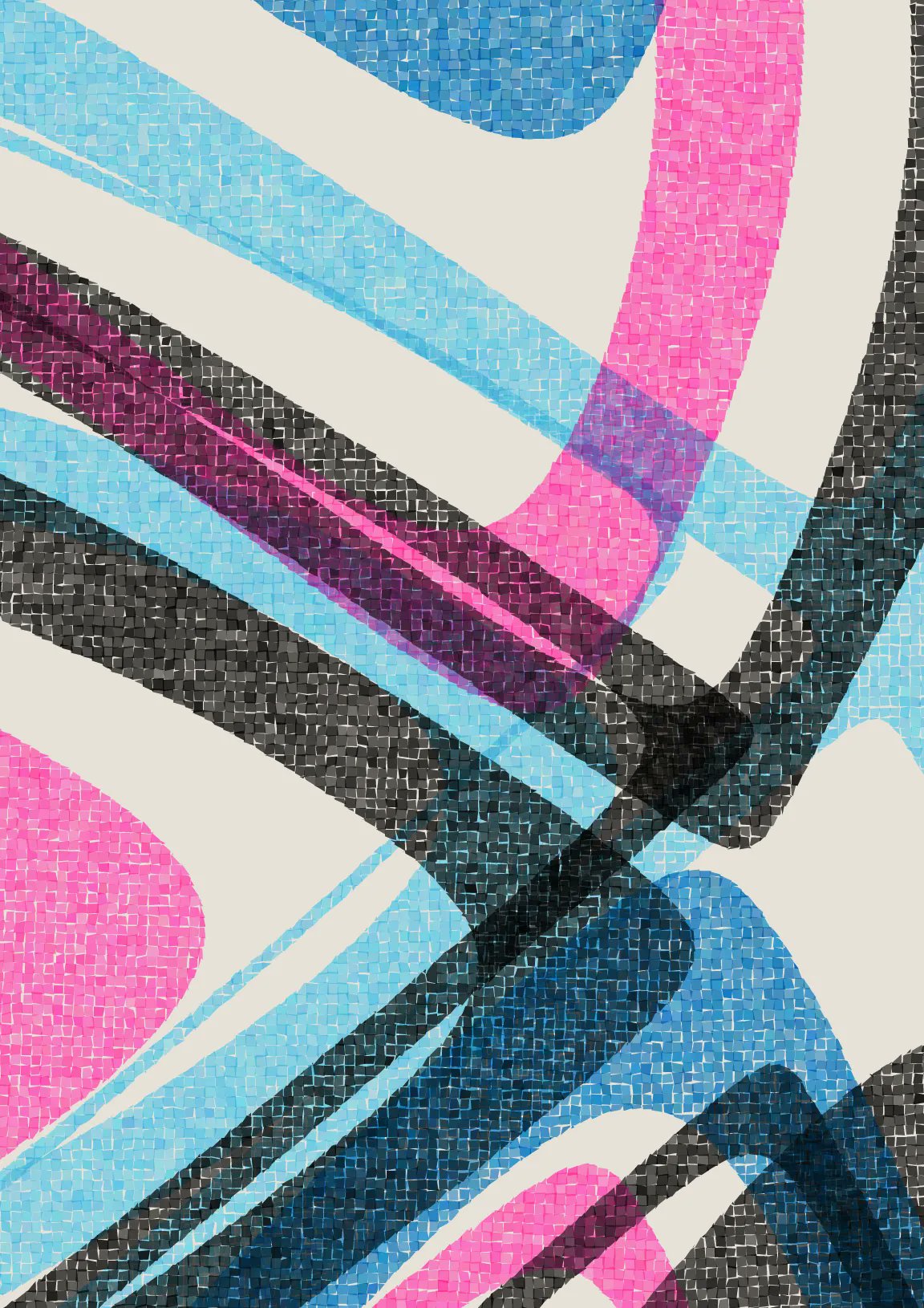
6. Misregistration
Riso printing creates an offset between layers of ink colors, creating the mixing of overlaid colors. In Interference, Phaust exaggerates that effect as the final step in the algorithm.
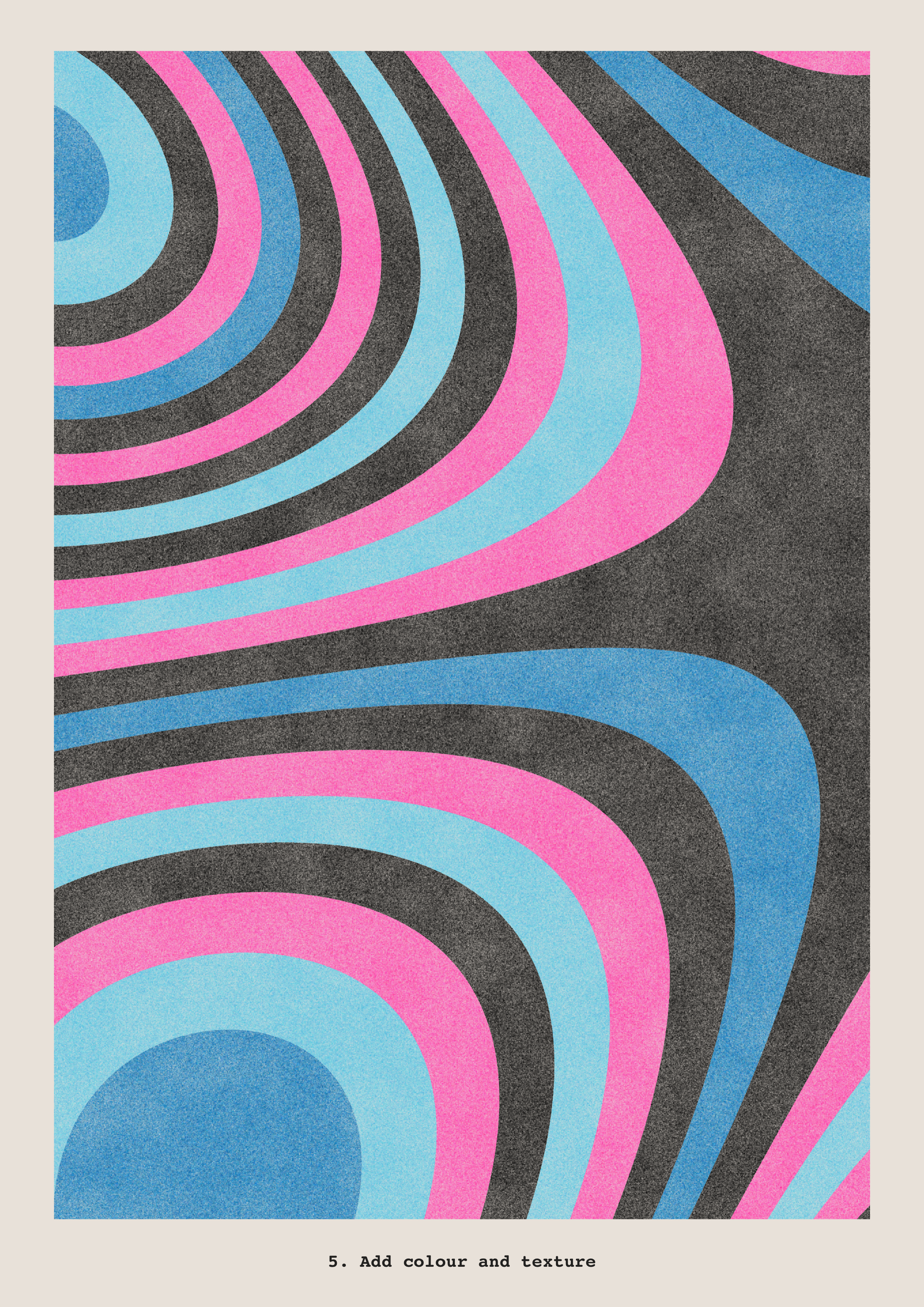
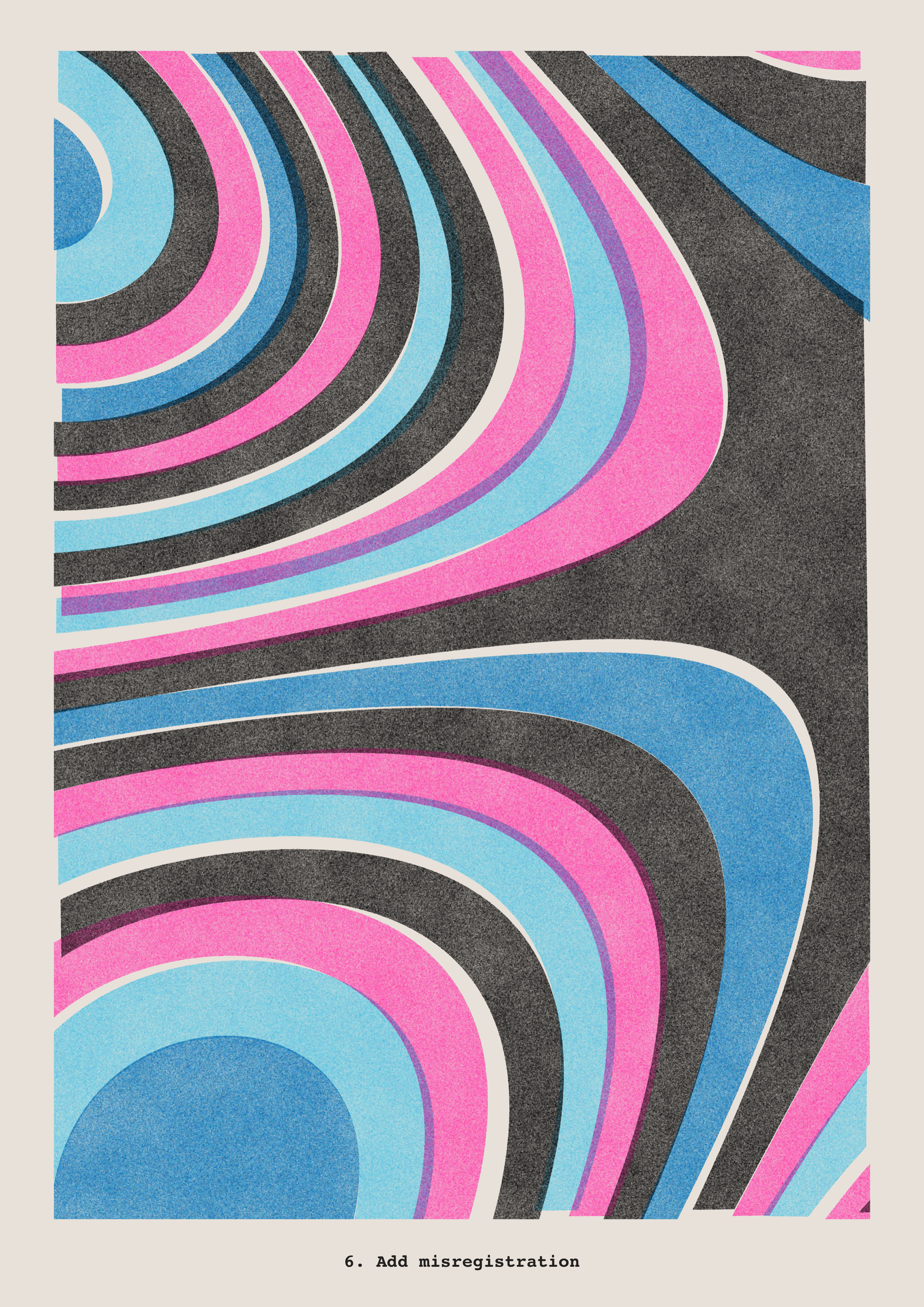
Polar Coordinates
Phaust additionally chooses to break the faithful presentation of Chladni patterns by introducing polar coordinates that create a pinching effect to otherwise more rounded forms, and an additional distortion that occasionally disturbs these flows.
Chladni’s equations are typically represented on the cartesian plane such as (x,y)= (2,3)
Polar coordinates add cosine and sine functions to the mix through x = r cos(θ) and y = r sin(θ), where r is the distance from the origin and θ is the angle from the zero axis.
The result from this addition to the algorithm are pinched shapes to otherwise round features!
Interference Playground
In the spirit of experimentation that drove Chladni, Interference playground is an opportunity to explore the algorithm. You can explore random outputs or lock specific traits to explore each trait’s impact on the final form of the composition.
Enter the Interference Playground here: http://playground.phaust.art
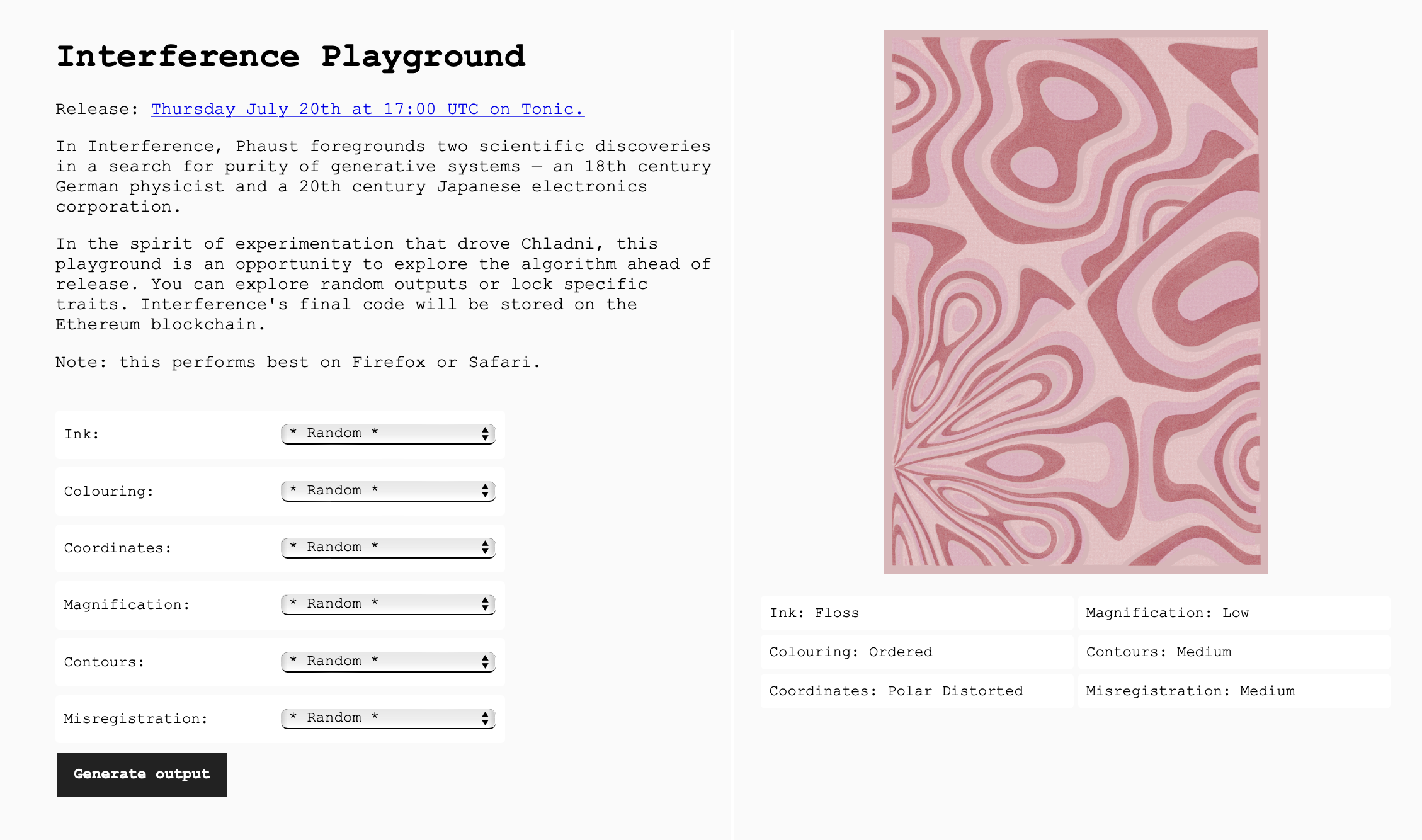
The final code for Interference will be stored on-chain on the Ethereum blockchain, so anyone can recreate outputs in the collection using the starting seed, the input number that the algorithm uses to create a particular work.
To learn more about acquiring a work from Interference, view the series at tonic.xyz.
More stories
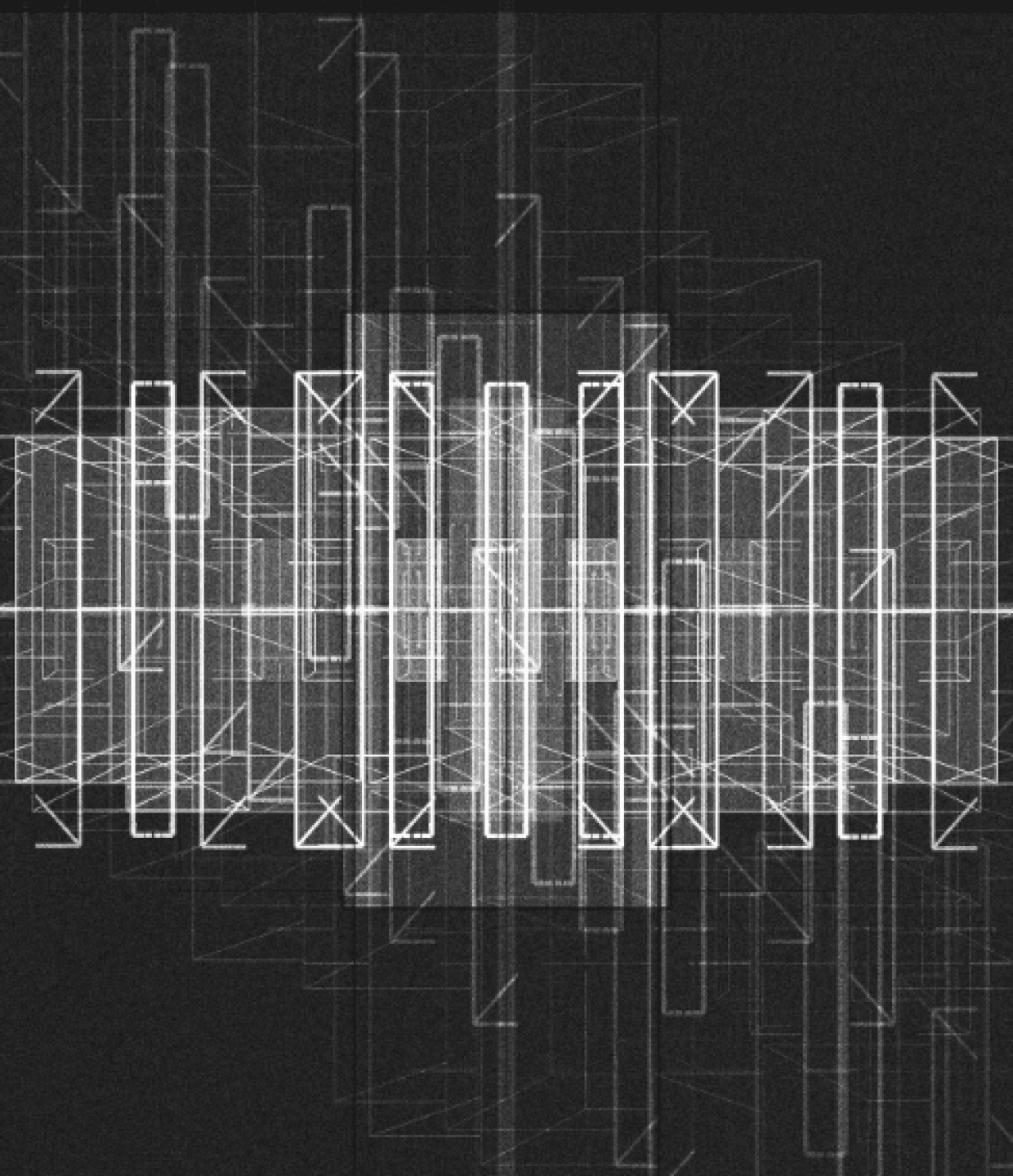
Introducing ESCAPE by Iskra Velitchkova
ESCAPE by Iskra Velitchkova is at once an archive of the artist’s personal history and a self-referential exploration of how we seek freedom and escape in art.
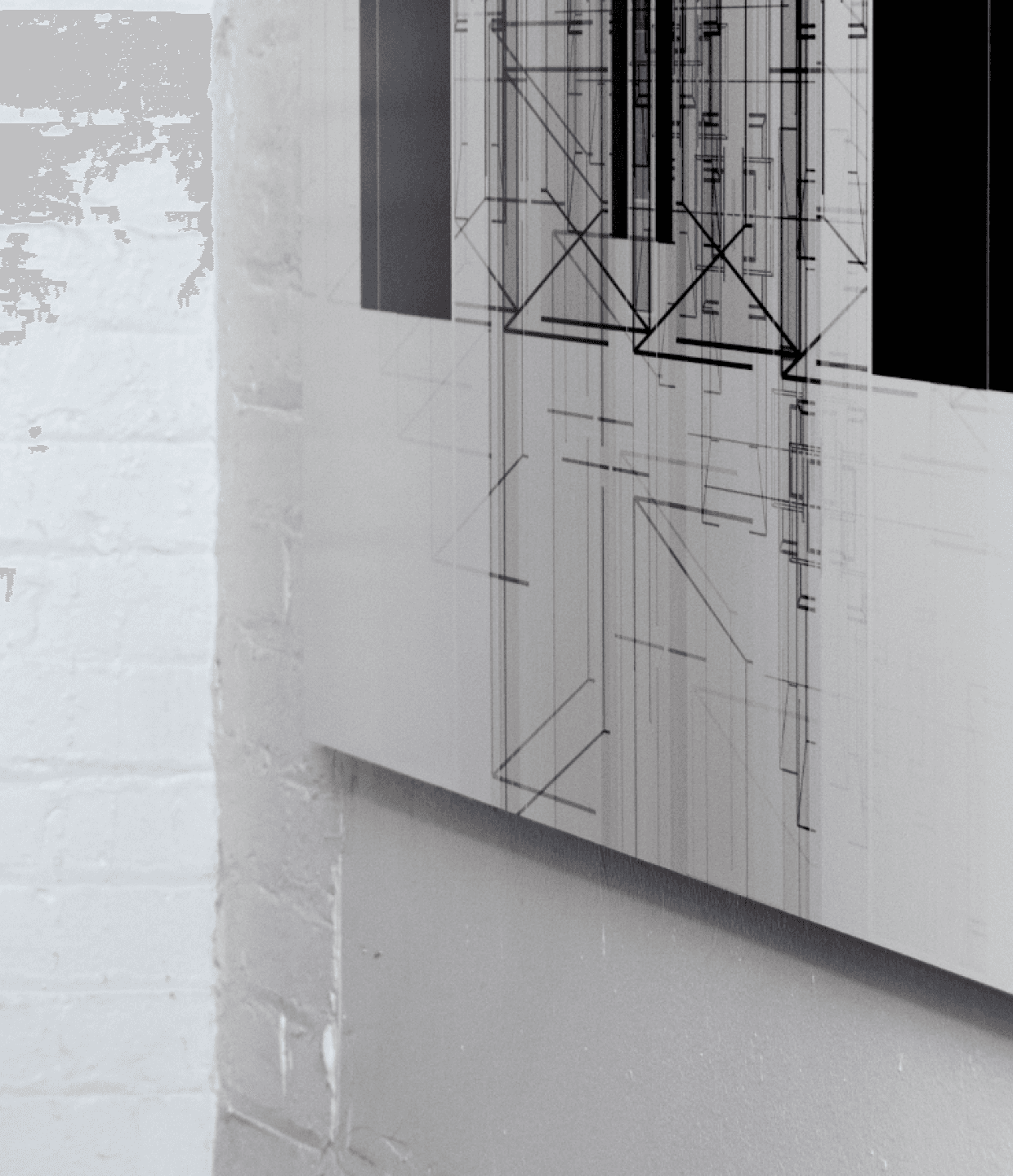
Unique Physicals, Series, ESCAPE
Iskra Velitchkova’s ESCAPE with Silver Gelatin Printing
Iskra Velitchkova’s ESCAPE is influenced by analog photography and leverages silver gelatin to its fullest for its unique physical offering.
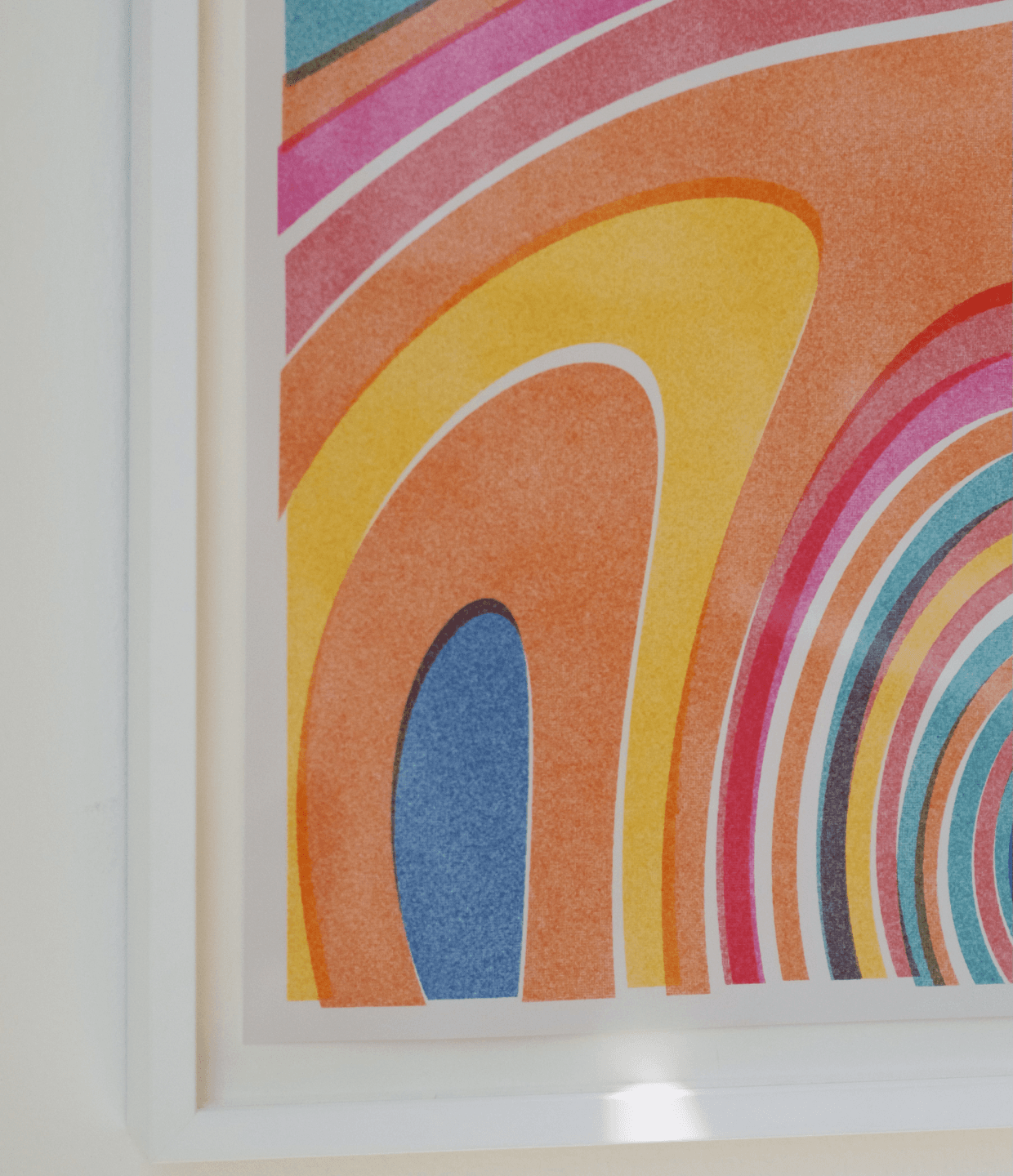
Features, Series, Compare & Contrast
Pointilism & Divisionism in Intimità and Interference
The experiments of Divisionist and Pointillist painters influenced our understanding of color and contrast, enabling new forms of artistic impression like the works of Phaust and Stefano Contiero.


Stay in the loop on upcoming drops, exclusive access, and more.